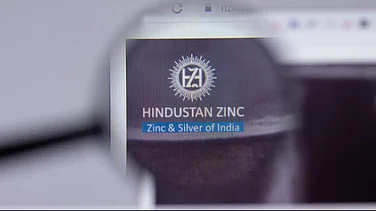When the world is looking at India for the supply of wheat and other grains amidst the Russia- Ukraine war, the country has had to take a tough call to cut down on its wheat exports. It has left many food-dependent nations in a spot. In February, the government projected its production of wheat during the 2021-22 crop year to be 111.32 million tonnes. However, as an intense dry spell swept the country, the government said that the wheat production could fall to 105-106 million tonnes this year.
Blame it on the deadly heat waves that gripped India in March and April. A new study on India and Pakistan Heat Waves by World Weather Attribution (WWA) not just confirms this but also warns that “the probability of an event such as that in 2022 has increased by a factor of about 30.”
Moody’s, a risk assessment firm has also described ‘Heatwaves’ as highly credit negative for India in its latest document. It cites the stalling of wheat production exports, extended power outages, inflation and slow economic growth as primary reasons.
Coming back to WWA report, “While heatwaves are not uncommon in the season preceding the monsoon, the very high temperatures so early in the year coupled with much less than average rain have led to extreme heat conditions with devastating consequences for public health and agriculture. The full health and economic fallout, and cascading effects from the current heat wave will however take months to determine, including the number of excess deaths, hospitalisations, lost wages, missed school days, and diminished working hours.”
Scientists from India, Pakistan, the Netherlands, France, Switzerland, New Zealand, Denmark, United States of America and the United Kingdom have come together to assess the extent of the impact of anthropogenic climate change on likelihood and intensity of the heatwave.
Combining observations from 20 climate models, the researchers have concluded that human-caused climate change made this heatwave hotter and more likely.
The report notes that March 2022 has been the hottest since records began 122 years ago. March was not just unusually hot but also dry having received 71 percent below normal rainfall. It made the conditions conducive for local heating from the land surface.
Speaking at the press conference, Aditi Kapoor, Climate and Resilience Adviser, The Red Cross Red Crescent Climate Centre, The Hague, the Netherlands, said about 10-30 per cent of wheat crops were affected during March and April. Kapoor is one of the authors of the report.
While a study by the United Kingdom Met Office released last week assessed that the record-breaking heatwave in India and Pakistan are now 100 times more likely because of climate change, WWA’s report says it is likely to increase by 30 times. When asked about the difference in numbers, Fredi Otto, Grantham Institute, Imperial College London, UK and one of the authors of the report responded that WWA’s results are rather conservative because of the approach but it could be considered somewhere between the range of 30 and 100.
Some of the other findings highlight that the heatwave has led to 90 deaths across India and Pakistan and forest fires in India.
“In Pakistan and India, extreme heat hits hardest for people who must go outside to earn a daily wage (e.g. street vendors, construction and farm workers, traffic police), and consequently lack access to consistent electricity and cooling at home, limiting their options to cope with prolonged heat stress.”
Grappling with the consequences would include altering age-old practices. Mariam Zachariah, Grantham Institute, Imperial College London, UK suggested that we can shift the growing season slightly. “We can start planting earlier so that we are able to harvest before the heat sets in. In the long-term, we can adapt the seeds to more heat-tolerant varieties.”






























